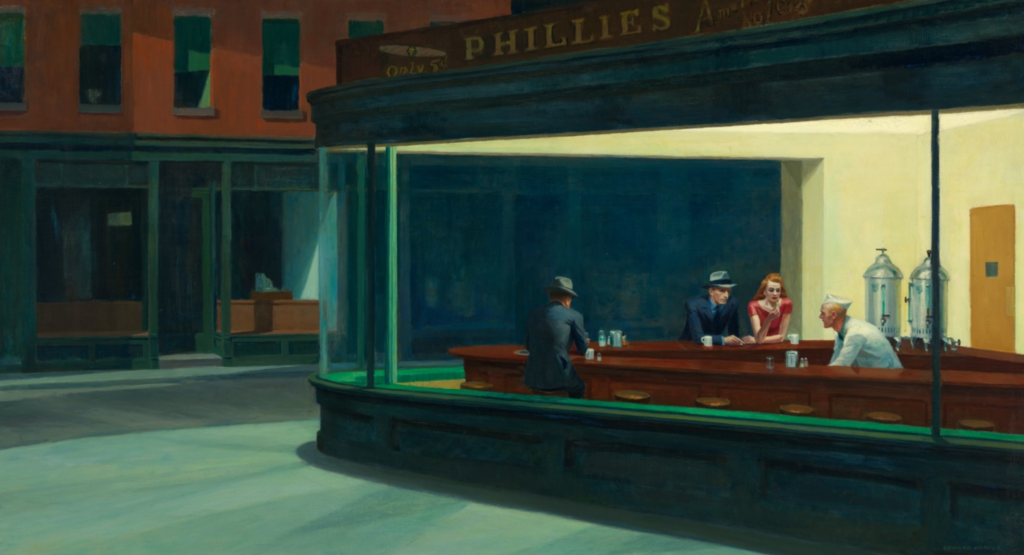Longtime readers may recall our fondness for Kingsley Amis’s observation that “nice things are nicer than nasty ones.” You might think that such a proposition is close to what philosophers call an “analytic truth,” a tautology. Just as “All bachelors are unmarried” is necessarily true because “bachelor” simply means “unmarried male,” so “Nice things are nicer than nasty ones” is true because, by definition, “nice things” are the opposite of nasty ones. Or so one might have thought.
The surreal nature of our social life today often inverts the most taken-for-granted and common truths. We won’t travel down the perilous paths indicated by words like “married,” “bachelor,” or, God help us, “male,” except to note that the apparently unsettled nature of such words today may say more about the corrosive linguistic influence of Humpty Dumpy than about reality itself. “When I use a word,” the egg told Alice, “it means just what I choose it to mean—neither more nor less.”
Alice, levelheaded girl that she was, coolly replied: “The question is whether you can make words mean so many different things.” That ought to have shut up Humpty Dumpty, but he came back with a response that Plato’s Thrasymachus or O’Brien in Orwell’s Nineteen Eighty-Four would have admired: “‘The question is,’ said Humpty Dumpty, ‘which is to be master—that’s all.’”
What prompted us to rehearse these observations was an exhibition called “29 Million Dreams.” On view last month at a “pop-up museum” at 216 Lafayette Street in Manhattan, this entertainment brought together work by some seventy-five “artists” to question the success of so-called broken-windows policing. The figure “29 Million” was chosen because, according to the organizers of the exhibition, New York spends $29 million per day on its police force. Just think of how all that money might be put to a better use!
This is the second go-round for this curious exhibition. Its first iteration was back in 2018. It returned last month—with an extended run, no less—to investigate what “toll Broken Windows policing had taken on Black and Brown New Yorkers.” As it happens, that is an easy question to answer. Broken-windows policing, as pioneered in New York by then-Mayor Rudolph Giuliani in the 1990s, benefited all New Yorkers, black, brown, ivory, pink, yellow, and albino. Indeed, it ranks among the most successful and humane police initiatives in recent memory. Almost overnight, the police began to intervene against the squeegee men who harassed motorists traveling in and out of the city, the vandals who defaced buildings with graffiti, the drug addicts and prostitutes who loitered in public places plying their trade, and the fare jumpers in the subway. Those interventions materially improved the urban fabric of the city. Taking care of the little things, it transpired, affected big things like burglary, muggings, rapes, and other assaults. Within months, the city was cleaner and more hospitable. Violent crime plummeted, and New York went from being one of the most dangerous and unpleasant cities in the country under Giuliani’s incompetent predecessor David Dinkins to being one of the safest and most vibrant. (That transformation was analyzed expertly by the late Fred Siegel, who died last month, in his brilliant study of Giuliani and his era, The Prince of the City.)
The organizers of “29 Million Dreams,” a repellent specimen of anencephalic reflexive leftism, describe “Broken Windows policing” as an “outdated policing strategy [that belongs] in a museum rather than on our streets.” But the disastrous anti-cop legacy of Bill De Blasio, continued in essentials by the current mayor Eric Adams and his many relatives on the city payroll, shows that this gets things exactly backwards. The homeless are everywhere on the streets now. Buildings are routinely defaced. Garbage, trash, and human excrement litter the pavement. Violent crime is soaring. Why? Because the police are prevented from doing their job by do-gooder liberals and anti-white race hustlers. The organizers of this exhibition echo previous complaints by activists that Eric Adams’s proposed budget “prioritizes violent policing over other community programs facing severe cuts, like libraries.”
But the truth is that broken-windows policing is the opposite of “violent policing”—it starts with manners and etiquette, understanding that if you encourage people to follow bourgeois norms regarding cleanliness and a basic respect for property, they are much less likely to behave badly in other avenues of their lives. As for libraries, the sad truth is that, precisely because of the abandonment of broken-windows policing, those sheltered spaces are havens for the homeless and drug-addicted more than they are resources for the scholarly and intellectually curious.
The idea behind “29 Million Dreams” is not only misguided. It is also stale. As Heather Mac Donald shows in her book The War on Cops, first published in 2016, the racially tinged campaign against broken-windows policing goes back to its origin in the 1990s. The detractors of broken-windows policies (and cognate prophylactic techniques such as the practice of stopping and frisking suspicious individuals) face one huge obstacle. Such practices are stunningly effective in reducing crime. As Mac Donald points out, their implementation in New York
catapulted [the city] far ahead of the competition. New York’s crime drop far exceeded the national norm in degree and duration. It’s hard to find a police chief around the country who doesn’t advocate Broken Windows policing, because commanders see with their own eyes its value in lowering crime and disorder.
In sum, broken-windows policing “has saved thousands of black lives, brought lawful commerce and jobs to once-drug-infested neighborhoods, and allowed millions to go about their daily lives without fear.”
The organizers of “29 Million Dreams” pretend that broken-windows policing took a sad “toll” on New York City. In fact, its abandonment transformed the dream of urban comity into a rancid nightmare. Humpty Dumpty would have been proud of their effrontery.


